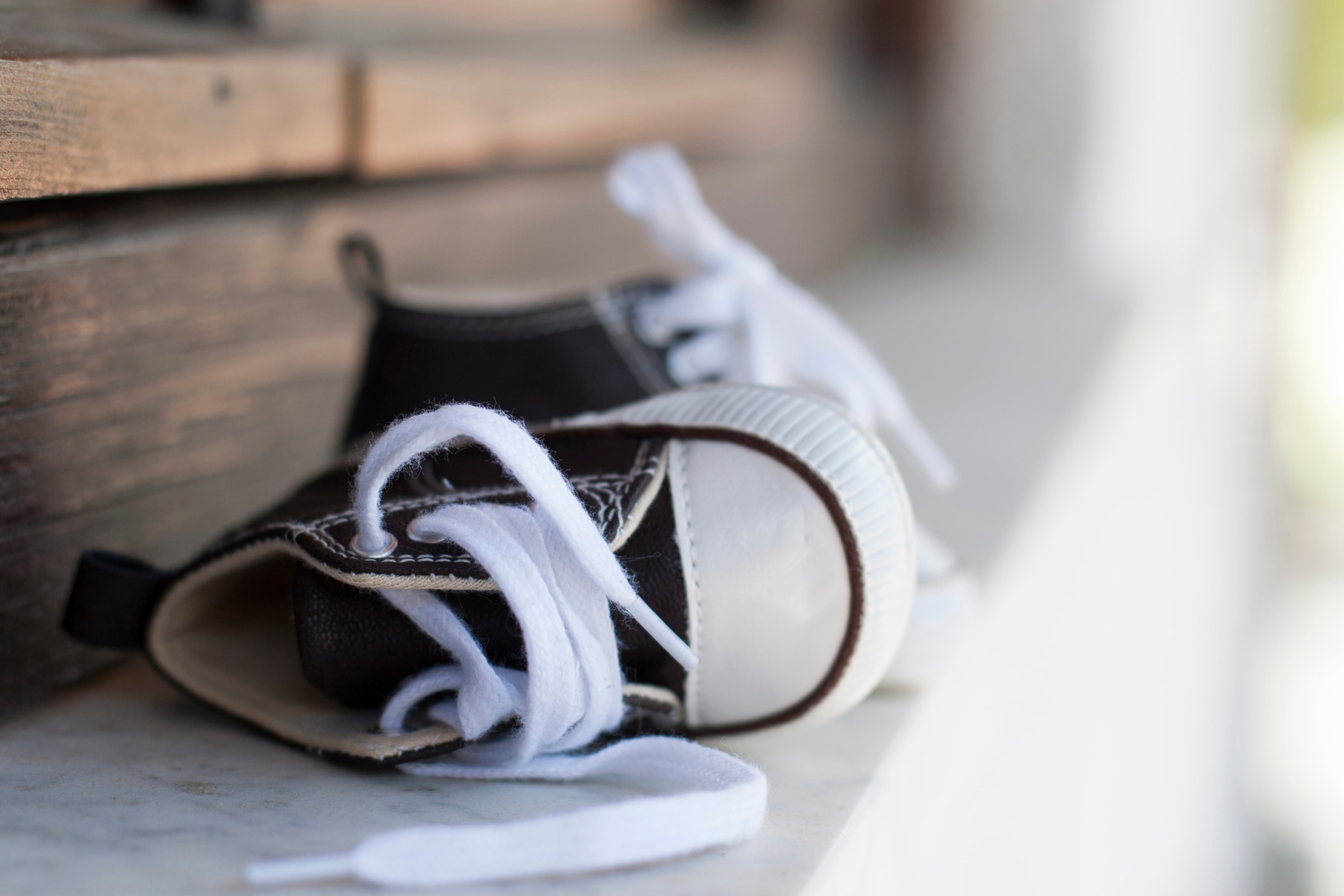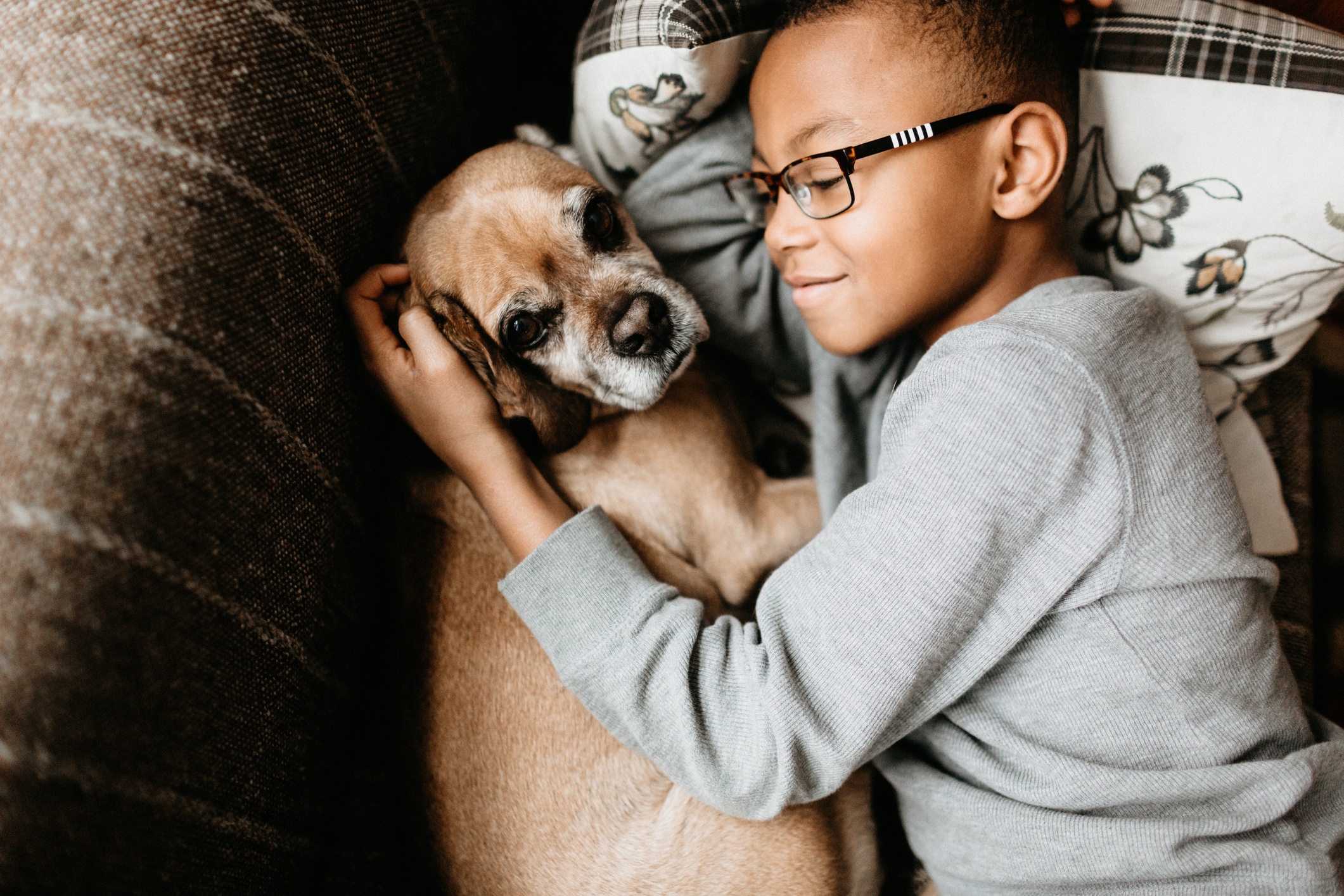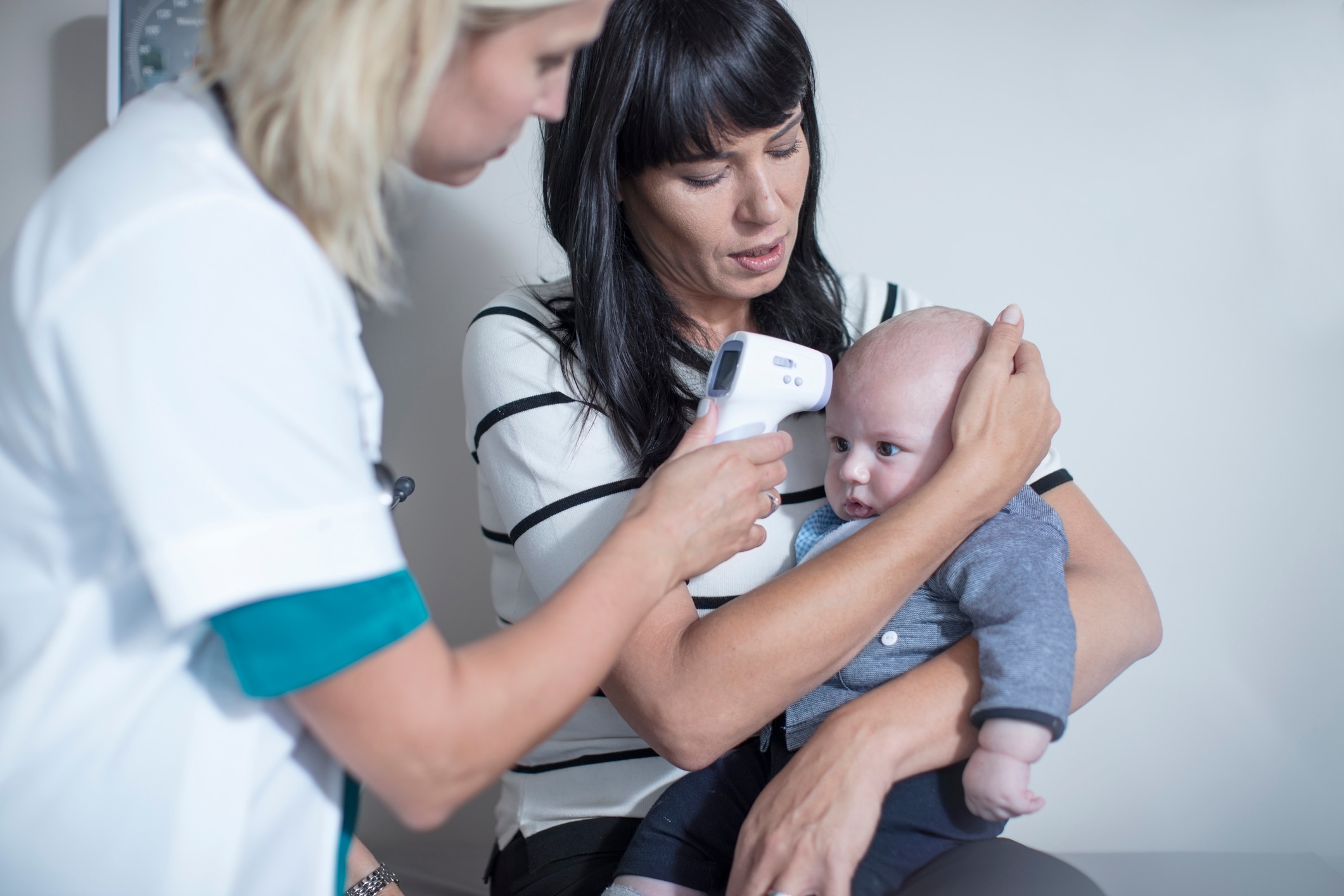As kids around the country head back to school, the threat of the COVID-19 delta variant continues to increase. Last week, the U.S. reached a troubling new milestone in the pandemic. The number of children hospitalized with the virus hit an all-time high, and some experts are urging increased safety measures to protect vulnerable kids.
As of Saturday, August 14, there were 1,902 pediatric COVID-19 hospitalizations, according to a report by Reuters. Cases of the virus in kids have continued to increase exponentially over the past few weeks, with over 121,000 new child COVID cases added from August 5-12, and nearly 94,000 child cases added during the final week of July. Throughout the pandemic, children have represented about 14% of total accumulated COVID cases. As of August 12, the American Academy of Pediatrics reports children account for 18% of reported weekly cases.
How serious are the risks for kids?
The rise in pediatric COVID cases comes just as a new school year is beginning, and some school districts have done away with mask mandates. During the 2020-2021 school year, the data showed schools were not a major source of COVID transmission. A study in January 2021 found more than 70% of child COVID cases came from transmission at home versus in the classroom; however, masks and other safety protocols may have played a role in limiting the number of infections in schools. It’s not clear yet how this year’s changes will impact the overall number of cases in kids.
A group of scientists at North Carolina State University modeled what could happen in schools as COVID continues to spread and how mask mandates and regular testing might make a difference. Without masks or regular testing, their model estimates up to 90% of susceptible students could become infected with COVID-19 by the end of the semester. High rates of COVID infections in children could result in more quarantines and school closures, which is already happening in some states.
Kids may also spread COVID to siblings, parents and other vulnerable family members.
Additionally, there is evidence that some kids are susceptible to long COVID and other serious complications, like Multisystem Inflammatory Syndrome (MIS-C). An April study by the UK’s Office for National Statistics found that 12.9% of kids ages 2-11 and 14.5% of kids ages 12-16 who were infected with COVID-19 reported continuing symptoms five weeks later.
How experts say we can keep kids safer
Even though child hospitalizations have increased dramatically, kids still typically have a low risk of being hospitalized with COVID. Among states reporting their virus data, kids account for 0.2%-1.9% of COVID hospitalizations. However, as the number of infected children grows, the number of hospitalizations will continue to climb as well.
Some concerned experts are urging families and school officials to adopt increased safety measures to stop the rampant spread of the virus. The American Academy of Pediatrics has called COVID “a serious threat to children’s health” and repeatedly recommended universal masking in schools.
The Centers for Disease Control and Prevention (CDC) recommends a layered prevention strategy that includes:
- Universal indoor masking for all teachers, staff, students and visitors, regardless of vaccination status.
- Screening for symptoms and regular testing.
- Increased ventilation in classrooms.
- Increased hand washing and cleaning of high contact surfaces.
- Local monitoring of community transmission.
The delta variant has created a lot of unknowns for parents and school administrators, but the major health organizations seem to agree that protecting kids and preventing the number of pediatric cases from growing is a major priority as we navigate this new phase of the pandemic.





